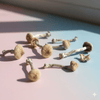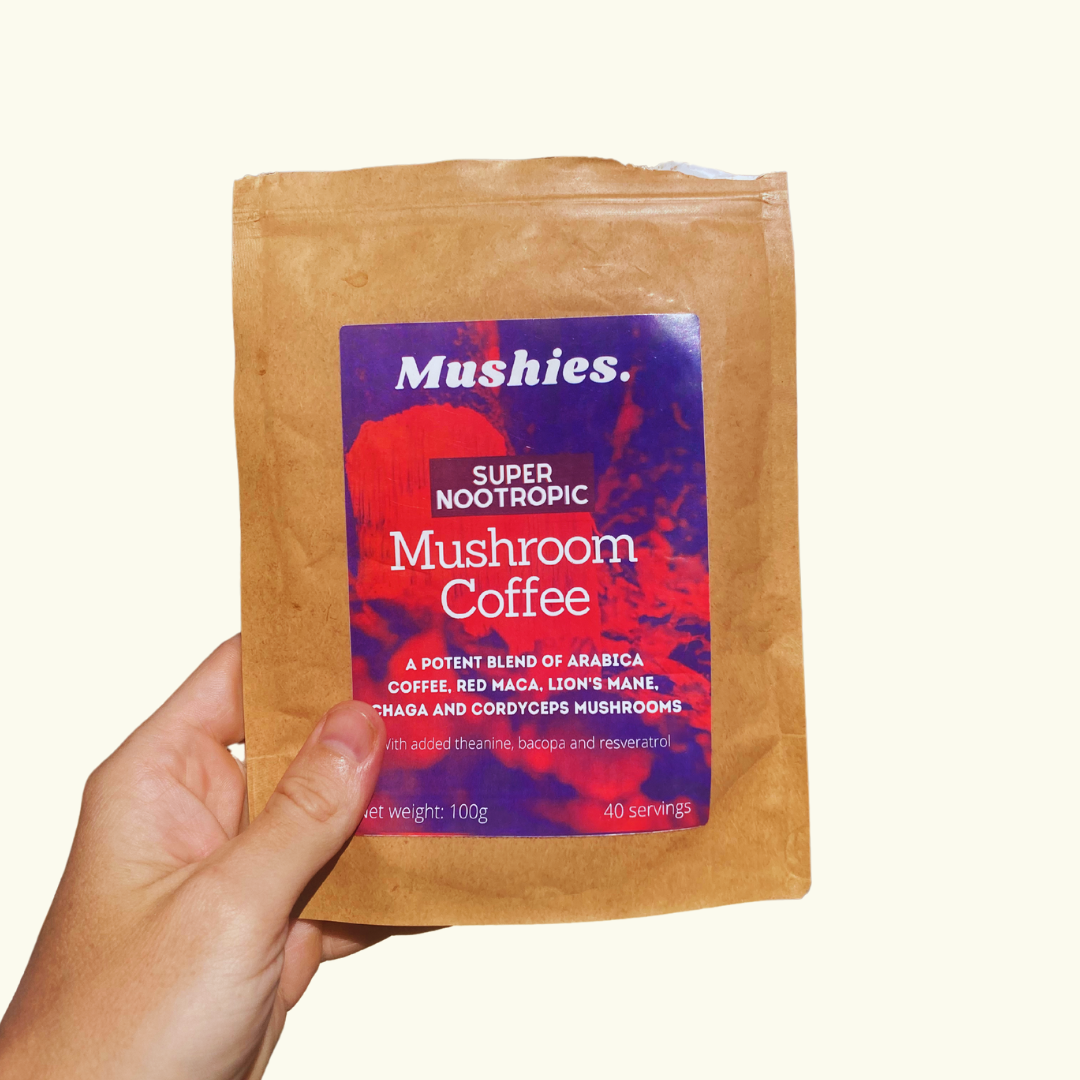I’ve been microdosing magic mushrooms for the last five years, and it’s changed my life…
While the effects have been profound, microdosing was no quick fix.
To say it was a learning curve would put it lightly, but over time I discovered how to get the most out of the practice, and that’s what I’m going to share with you today.
But first, What is microdosing?
For those who don’t know, microdosing is the practice of taking very small doses of a drug - in most cases, psychedelic drugs like LSD and magic mushrooms.
The dose is meant to be so small that it doesn’t obviously alter your perception - so there’s no hallucinations, visions or warping of reality - but you might feel a subtle boost in mood, focus, and creativity.
Read: What does microdosing mushrooms feel like?
People microdose for many reasons, but usually it’s used as a way to improve mental health, increase stress resilience, and just to make life a little bit brighter.

When I first started microdosing, I was pretty lost. I had little idea what I was doing in life, was pretty unhealthy, and was addicted to weed and tobacco.
Nowadays, after over 5 years of microdosing regularly, I’ve never been happier or healthier, so I owe a lot to these magic little mushrooms.
With that in mind, here are some useful tips I think could help anyone else who is interested in microdosing…
Number 1. Start very low
There’s a number of variables to consider when you microdose, not least your individual sensitivity to psilocybin, and the potency of the shrooms you use.
Which is why I think one of the most important rules for microdosing mushrooms is to start with a very low dose.
Now I’m talking as low as 0.01grams or even less for particularly potent strains.
I’ve known people who are very experienced with mushrooms, who have a super high tolerance - like they take 7 grams plus for a good trip - and so they overshoot it when it comes to microdosing and find themselves experiencing unwanted changes in perception on doses as low as 0.1grams.
So start low, say 0.01grams, and only increase as you see necessary. I personally settled on 0.1 grams every 3 days or so.

Number 2. Microdosing alone won’t fix anything
Microdosing psilocybin mushrooms does something pretty incredible to your brain - it increases its rate of neuroplasticity and neurogenesis.
This basically means it increases the brain’s ability to adapt, change and grow neural pathways, which consequently allows you greater control to change your behaviours and habits.
But it won’t do all the work for you.
If you don’t make the daily effort to change your behaviours and habits, you’ll essentially be wasting that window of enhanced neuroplasticity that the shrooms provide.

Which is why doing some sort of self improvement program alongside your microdosing is vital if you want to make long term changes.
I recommend implementing a plan that allows you to track your progress. Something like a daily checklist or schedule that keeps you on track to achieving your long term goals.
Practices like daily journaling and meditation can also be very useful complements to microdosing and will make the practice a lot more effective.
If you’re just expecting to microdose without making a conscious daily effort to establish new habits and behaviours, then don’t expect any long term changes.
Number 3. Add lion’s mane
Lion’s mane is a mushroom that, like psilocybin mushrooms, also enhances neurogenesis and neuroplasticity.
However, unlike psilocybin mushrooms, it is not psychedelic and, therefore, legal.
Read: More Proof That Lion’s Mane Compound Promotes Nerve Growth And Improves Memory

This is useful for people who can’t access psilocybin mushrooms, but it can also be used alongside them to provide a synergistic effect.
In fact, I’ve found that there are many other things you can do to enhance neuroplasticity.
These can make your microdosing practice even more effective, or can offer benefits on their own.
Things like learning a new language, exercise, visiting new places, socialising, sleep, and consuming omega 3 fatty acids have all been shown to promote the growth of new brain cells.

I’ve found that incorporating these into my life, regardless of whether I’m microdosing, can have a profound effect on my happiness and overall mental health.
Read: 7 Ways To Rewire Your Brain In Weeks
I’ve learned a lot on my 5 year journey with microdosing, but these are what I think are the most important things to consider.
If you want to learn more about microdosing, psilocybin, and mushrooms in general, sign up to our newsletter where we can offer more detailed information on all things mushies.
Thanks for reading.







1 comment
Hi. I’m 56. Not had any psychedelics for 30ish years.
I’m noticing a decline in my cognition. Forgetting things that used to be so easy.
I get anxious more often.
I tried an antidepressant but the side effects were hideous.
I’m interested in microdosing but no idea where to start.